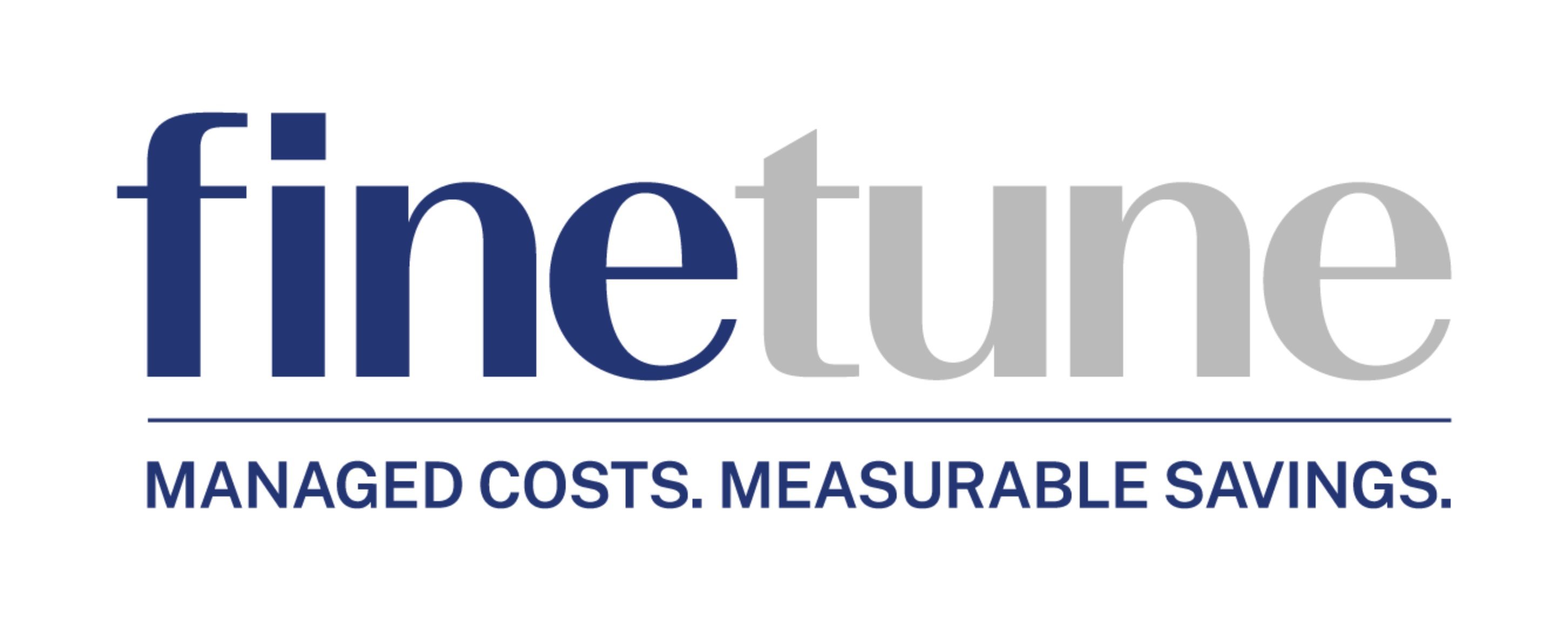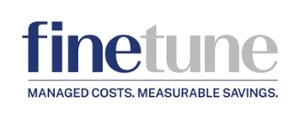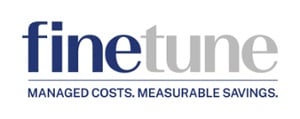
Steadily leaned out since the Great Recession, procurement teams in even the largest organizations are being asked to do more with less—and suppliers have responded by developing increasingly hostile and anti-competitive strategies to grow margins as soon as a deal has been signed.
It’s time to sound the alarm on these “scary” supplier practices and arm the Procurement Foundry community with the insights necessary to combat them.
Let’s take a look at four indirect spend categories often cited by Procurement Foundry members as particularly burdensome and difficult-to-manage—security & guard services, waste & recycling, pest control, and uniform rental—to understand the most common supplier practices within each that are threatening your bottom line.
“Scary” Category #1: Security & Guard Services
Within security & guard services, the most common savings-eroding supplier practices can be broadly categorized as “billing beyond the contract.” This supplier practice can take several forms, including:
- Adding positions or services beyond the original scope of work. Security vendors will occasionally bill for services or extra hours not defined in the contract—even without written approval from an authorized client representative.
- Billing overtime rates for straight-time hours. Generally, overtime rates should be billed only if a client explicitly requests extra services that directly cause security vendor personnel to work additional hours. Commonly, though, security vendors bill overtime when their own staffing and scheduling challenges are the cause of officer overtime.
- Billing at a higher officer level than is contractually stipulated. For example, a contract calls for 168 hours per week of service at an “entry-level Security Officer 1” rate. But when billed, 80 of those 168 hours are charged at a higher “Security Officer 2” rate.
- Billing supervisor rates when a supervisor fills in for an absent line officer. Oftentimes, when a junior officer is late or absent, a security supervisor will temporarily fill in. Instead of correctly billing the client at the junior officer’s rate, the post is frequently billed at the higher supervisor rate.
- Non-labor costs. Charges or markups on items such as: vehicles, mileage, travel, guard tour systems, software portals, and even officer vacations and health insurance.
“Scary” Category #2: Waste & Recycling
These routine supplier practices within the waste & recycling category are sure to harm your organization’s P&L:
- Unwarranted service increases. Often, a waste driver will notify customers of pending overfill charges in advance of an upcoming bill, offering the opportunity to avoid the charges if service levels are increased. Frequently, customers agree without realizing that—in many cases—the overfill charges were avoidable or rare. The result? Much greater spend (via a higher weekly rate) than if the few overcharges had been paid and, if necessary, actions taken to avoid further overfills.
- Warranted service changes with unpermitted price increases. Any time service changes are made, waste haulers will attempt to increase margins, hoping the customer won’t catch or have the resources to argue it. For example, a customer facility halves their $100 service and now pays $65 instead of the $50 substantiated by the agreement.
- Recycling contamination billed vs. addressed. If there is the slightest contamination in a recycling container (i.e., a McDonald’s bag), the recycling driver can—and often will—categorize the load as contaminated and charge the customer a corresponding charge.
- Container overfill left to the waste driver’s discretion. Most waste drivers’ trucks are equipped with a camera so that if there is waste material protruding out of the open container, causing the lid to remain even slightly ajar—even with significant empty space remaining within—they can take a photo and impose a penalty charge.
“Scary” Category #3: Pest Control
In the pest control category, you’ll face margin-grabbing tactics in the form of unnecessary services, often with regard to:
- Out-of-scope treatments. Often, out-of-scope applications are baked into pest control programs because of a single incident that occurred years ago. This is frequently the case for foggings & fumigations; just because a fumigation or fogging was needed years ago does not mean it’s automatically needed every year. Providers truly practicing integrated pest management should be finding ways to prevent foggings & fumigations.
- Frequency of service. Pest control providers will often use the lone fact that a site is in a particular geographic region (i.e., the Southern US) to justify more frequent service. Adjustments should be based on actual data and structural reviews to determine if permanent solutions are available—not simply increasing service frequency.
- Reactive vs. proactive pest control management. Is your pest control provider simply “checking boxes” and reacting to problems as they arise? If so, your pest control provider is likely providing reactive vs. proactive pest control management, leading to unnecessary services and costs—and possibly threatening safety audits.
“Scary” Category #4: Uniform Rental
Item adds are one of the most pervasive and P&L-damaging (and supplier-enriching) practices within the uniform rental category. Consider these common product-add events:
- New product “trials” end up on invoices. Oftentimes, a uniform route person will present their local customer contact with the “latest and greatest” item, offering a free trial for a couple weeks. However, that trial is never canceled, and no one notices when the new item ends up on the weekly invoices three weeks later.
- New product suggestions made to and “accepted” by field-level employees. Uniform route people regularly encounter customer field-level personnel. This presents several opportunities for the route person to offer new products to, or act on one-off complaints (via injection of new product) from those personnel.
- Withheld information on new product-driven variable charges. When a uniform switch is contemplated, uniform route people will often neglect to disclose the variable charges that will result from the transition: new emblem & makeup fees, full buyback of old uniforms, and substantially higher loss/ruin charges.
- Only name-brand, off-contract options presented. Sometimes a change in business or a special project may require employees to switch to more specialized uniforms such as flame-resistant (FR). Often, uniform suppliers will take this opportunity to only present higher-margin and/or off-contract options, such as name brand.
You Must “Engage in the Joust” to Protect Your Bottom Line
Supplier-instigated efforts that erode your savings and negatively impact your organization’s P&L—like those examined above—bleed into accounts and slowly but surely, the upfront efforts you put into their contracts are rendered less and less impactful.
While awareness and understanding of savings-eroding supplier practices is the first step to protecting your complex indirect categories—which you’ve accomplished by reading this—in order to fully protect your efforts at positive P&L impact, you’ll need to find a way to “engage in the joust” and combat their efforts.
![]() Rich Young
:
12/2/22 12:00 PM
Rich Young
:
12/2/22 12:00 PM




